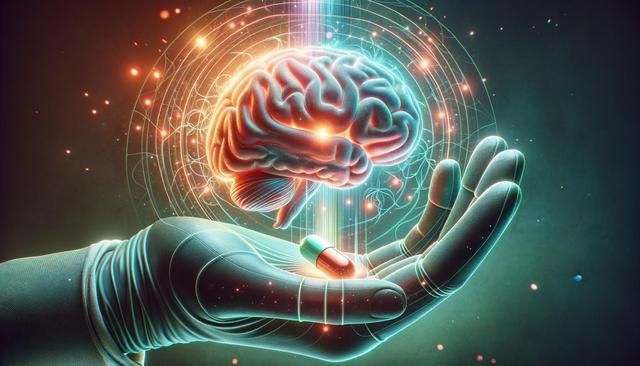Understanding the Link Between Food and Migraines
For many adults, migraines are more than just occasional headaches—they can be debilitating episodes that interfere with daily life. While several factors may contribute to migraine attacks, diet often plays a more significant role than many people realize. Identifying the most common migraine triggers in adults can be the first step toward better management. Certain foods and beverages contain compounds that may activate the nervous system or affect blood vessels, potentially leading to migraine symptoms. Keeping a detailed food journal can help individuals recognize patterns between what they eat and when migraines occur.
Common culprits include foods high in tyramine (such as aged cheeses), alcohol, and certain preservatives. These ingredients can cause changes in brain chemistry or inflammation, both of which are associated with migraine onset. Understanding these mechanisms is crucial for tailoring a migraine-friendly diet that minimizes risks.
Top Foods That Trigger Migraines
When exploring what foods should I avoid if I have migraines, it helps to focus on those consistently linked to migraine onset across various studies. While individual sensitivities may differ, several items appear frequently on the list of potential triggers:
- Aged cheeses (rich in tyramine)
- Processed meats (containing nitrates and nitrites)
- Caffeinated beverages (especially when consumed in excess or withdrawn abruptly)
- Alcohol, particularly red wine and beer
- Artificial sweeteners like aspartame
- Chocolate (due to both caffeine and beta-phenylethylamine)
- Pickled or fermented foods
Keeping an eye on how your body reacts after consuming these can guide dietary adjustments. For those who suspect food triggers, an elimination diet under medical supervision can be an effective strategy.
Adapting Your Diet to Manage Migraines
Adjusting your eating habits to reduce migraine frequency doesn’t mean sacrificing nutrition or enjoyment. A thoughtful migraine diet for seniors or adults of any age emphasizes stability, consistency, and balance. Eating meals at regular intervals helps regulate blood sugar levels, a known trigger when they drop too low. Moreover, hydration plays a significant role—dehydration is a commonly overlooked migraine contributor.
Here are some tips to support a migraine-conscious diet:
- Eat small, frequent meals to prevent low blood sugar
- Stay well-hydrated with water or electrolyte-rich drinks
- Avoid skipping meals
- Read ingredient labels to identify hidden preservatives or additives
Working with a nutritionist can provide personalized guidance, especially when navigating complex dietary needs or managing other health conditions alongside migraines.
Best Foods for Migraine Sufferers
While avoiding trigger foods is essential, it’s equally important to incorporate items that support brain health and reduce inflammation. The best foods for migraine sufferers typically include those rich in magnesium, riboflavin (vitamin B2), and omega-3 fatty acids. These nutrients may help reduce the frequency and intensity of migraine episodes by supporting nervous system function and reducing oxidative stress.
Consider adding these foods to your diet:
- Leafy greens such as spinach and kale
- Whole grains like quinoa and brown rice
- Fatty fish including salmon and sardines
- Nuts and seeds, especially almonds, chia, and flax
- Fresh fruits and vegetables, particularly those with high water content
Preparing meals at home with fresh, unprocessed ingredients can also minimize exposure to hidden triggers and give you better control over your dietary habits.
Special Considerations for Older Adults
The migraine diet for seniors may require additional adjustments due to age-related changes in metabolism, medication interactions, or chronic health conditions. Older adults often face challenges such as reduced appetite, difficulty preparing meals, or limited access to fresh food. These factors can influence the ability to stick to a migraine-safe diet, making meal planning and support systems especially important.
In addition, certain medications commonly prescribed to seniors may interact with dietary components or influence hydration levels. Consulting a healthcare provider can help ensure that nutritional changes are safe and compatible with any prescribed treatments.
For older adults, a practical approach may include preparing simple meals in advance, choosing nutrient-dense snacks, and staying informed about how medications might affect dietary needs. These strategies can help maintain a balanced diet that supports overall health while reducing migraine risk.
Conclusion: Making Food Choices That Support Migraine Management
Recognizing the top foods that trigger migraines and making informed dietary changes can be a powerful tool in managing migraine symptoms. Whether you’re identifying the most common migraine triggers in adults or exploring the best foods for migraine sufferers, a tailored diet can complement medical treatment and improve quality of life. For seniors and other adults alike, adopting a migraine-friendly diet doesn’t have to be overwhelming. With consistency, awareness, and support, it’s possible to reduce the frequency and severity of migraine attacks through food choices that nourish and protect.




Leave a Reply